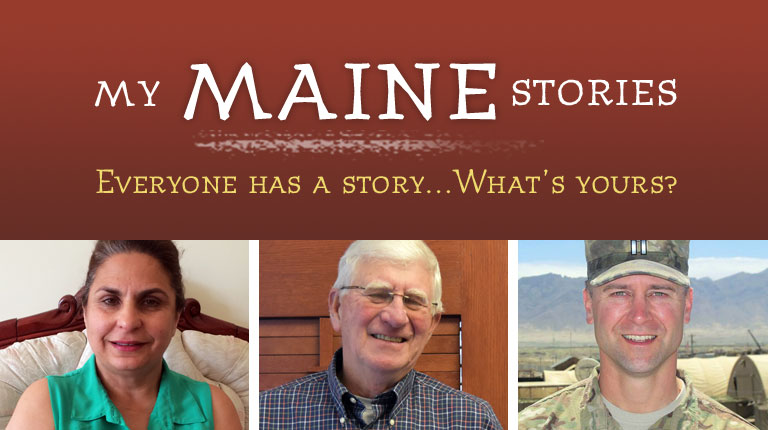A story by Ian Trask from 2017
"Blister Pact" was Ian's largest sculptural installation project to date. It was exhibited at the Invisible Dog Art Center in Brooklyn in 2015. For seven months Ian collected thousands of clear thermoformed plastic packages from the people in his community, and then stitched them all together to create a monumental plastic tomb. "Blister Pact" lives on in Ian's Brunswick studio, and has been since re-imagined as a set for a dance performance.
I started focusing on my art career when I moved to Brooklyn, NY. But as a kid growing up in the suburbs of Massachusetts I never dreamed of moving to such a big city. Who would want to live so far removed from the natural world, surrounded on all sides by millions of people?
My attitude changed with time though, and as if by the force of entropy itself, I eventually found myself drawn towards the chaos of New York City. I had made a career shift from science research to fine art, and was looking to live somewhere with a thriving and open art community that could provide ample opportunity for an emerging artist. My years in New York were a formative experience - amazing, exciting, down-right challenging, and without a doubt worth it.
However, I came to learn that access to all of this opportunity came at a cost. Two major things I had to live without were space and nature - living and studio spaces were too expensive, and it was difficult to find time to escape the man-made urban landscape.
When my wife and I made the decision to leave NYC in 2015, Maine was a clear choice for us. Not only does it have the space and nature that we craved, but it’s a special place in our collective experience. We met as first-year students at Bowdoin College, living across from each other in our freshman dorm. And then, after ten years of being away from the area, we found ourselves with the opportunity to move back to the town of our Alma Mater. And as luck would have it, I found a perfect art studio space in the Fort Andross building in downtown Brunswick.
***
As a student at Bowdoin, I focused my studies on science and history, believing that I would go on to start a research lab of my own someday. I was attracted to the idea of a life defined by the ongoing pursuit of something new and the exploration of the unknown. But the college experience wasn’t only about what happened in the classroom. I also discovered the joy of the creative process by building sculptures in my free time. After graduating I maintained this creative practice, slowly learning to harness and develop my artistic drive. This eventually led me to turn away from pursuing a career in science and zero in on a career as an artist.
Though I very much enjoyed the act of creating, at first it felt more selfish and less important than doing research. After all, it meant spending more time working alone and looking inside myself, rather than pondering and addressing some of the world's greater problems. It wasn't until I took up a short-term job as a hospital groundskeeper that I learned to rectify this internal conflict. The job required me to spend a considerable part of my day picking up garbage in various parking lots. This frustrating routine was pivotal in my artistic development. While my body went through the motions of gathering trash, my mind would dissect my disappointment in humanity's wasteful, disrespectful and apathetic behavior. I found it confusing that the people around me didn't appreciate the environment more. Why were they unwilling to see how they fit into the natural order, choosing instead to stand obliviously above and beyond it? The experience lit a fire in me and it taught me to find inspiration and limitless potential in the ubiquitous detritus of modern society.
Nowadays I spend less time scouring the street and public spaces for improperly disposed of trash, opting instead to go right to the source of the waste - the people themselves. Through sharing and showing my work I develop a symbiotic relationship with my community. For my part, I try to encourage others to look more closely at their consumption patterns and the waste they generate. In exchange, I gain access to their individual waste streams. In choosing to create my art from things that are either discarded or donated by others, I'm making a deliberate effort to let scarcity and access dictate the direction of my work. And by asking my community to collaborate and infuse my studio practice, they become part of the work itself.
Since this relationship is foundational to my art, I am constantly working hard to spread awareness, educate, and foster participation in my community. Personally, I can't think of a better way for me to get to know and respect my fellow Mainers. Hopefully my work will inspire you to join me in that journey.



